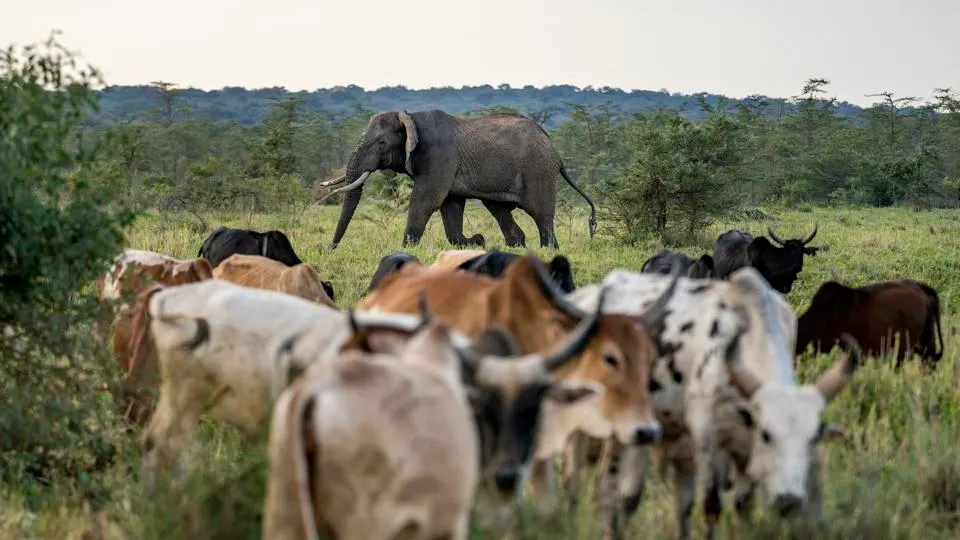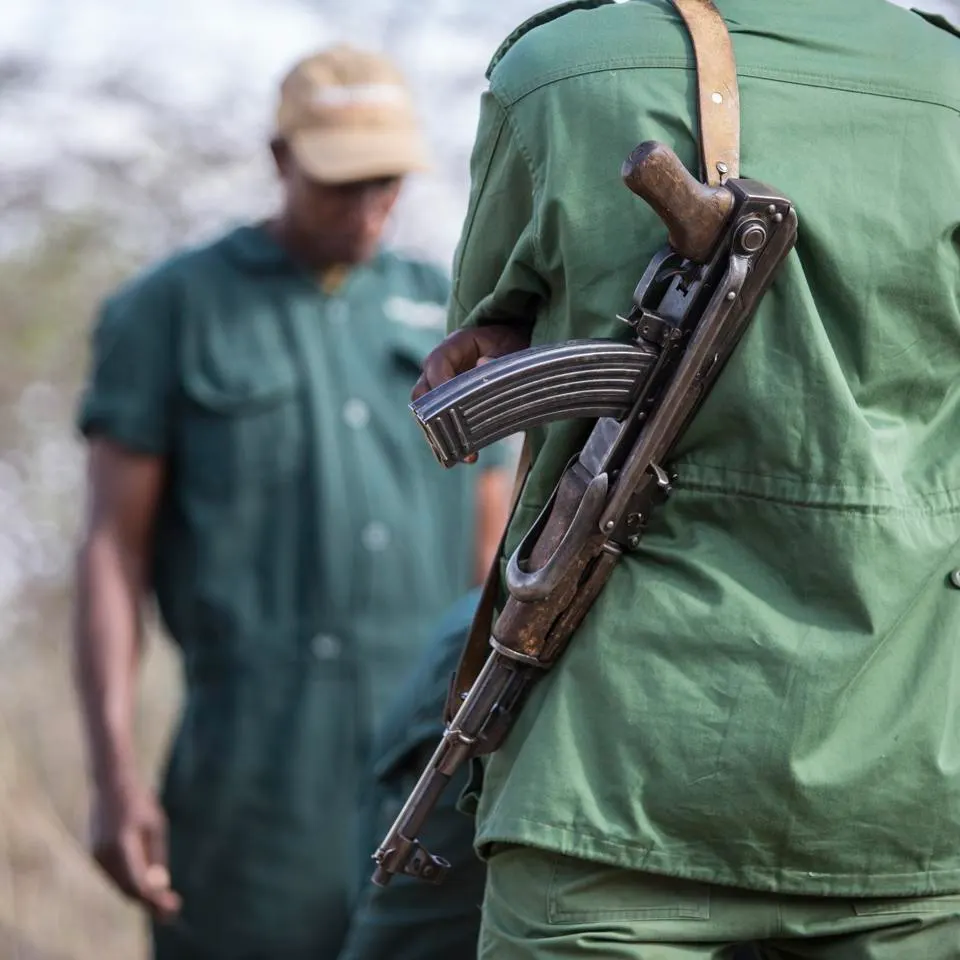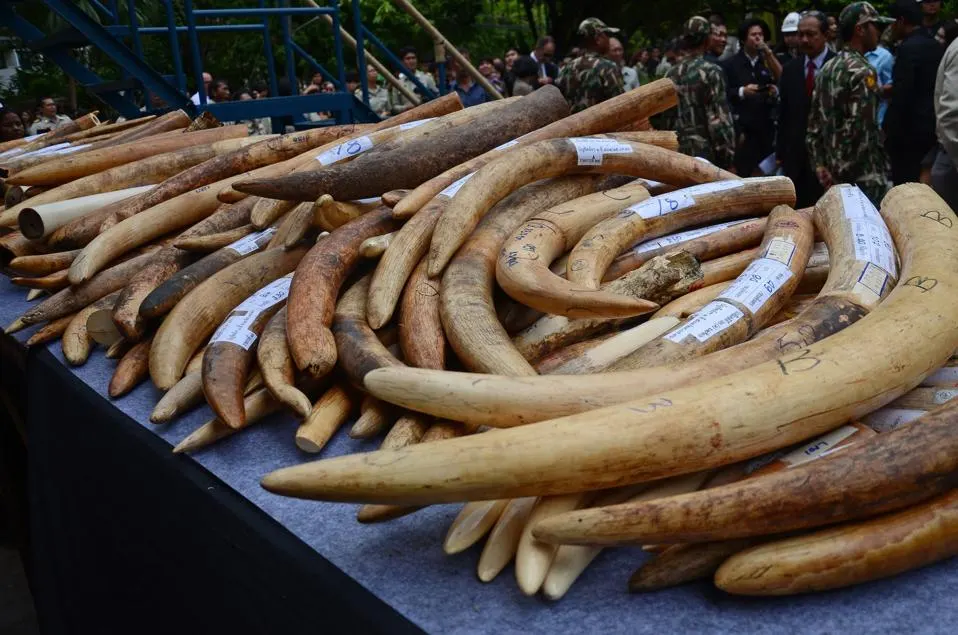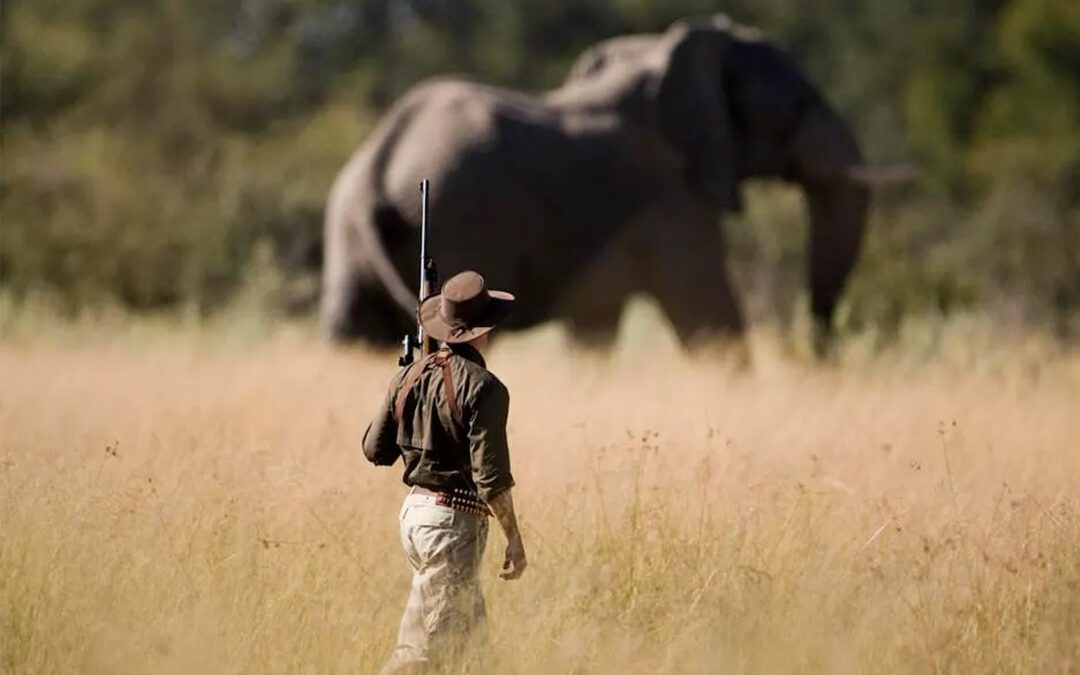The efficacy of elephant hunting continues to perplex governments across the globe—many of whom seem unaware of wildlife realities on-ground in Africa. The push by several western nations to halt ivory and other game imports while at the same time calling for an end to elephant hunting is ignoring a wealth of research that suggests that hunting bans have had unintended consequences—that is, that they’ve led to fewer, not more, elephants.
Meanwhile, leaders from several southern African nations where hunting is allowed have been warning western authorities that their elephant populations have grown out of control and that limited hunting offers the only viable management tool to restore populations to sustainable levels.
Germany’s recent move to ban all ivory imports led an irritated Botswana President Mokgweetsi Masisi to clap back at the decision by offering to ship 20,000 elephants to Berlin. The move garnered widespread international media coverage and highlighted the chasm between western policies and the wildlife realities with which several southern African nations are coping.

Botswana President Mokgweetsi Masisi recently offered to ship 20,000 elephants to Germany after that nation’s ivory import ban. NURPHOTO VIA GETTY IMAGES
“It is very easy to sit in Berlin and have an opinion about our affairs in Botswana,” said Masisi. “We are paying the price for preserving these animals for the world…. Germans should live together with the animals in the way that they are trying to tell us to.”
Botswana is home to more than 130,000 elephants—roughly one-third of the remaining savanna elephants—and the five-year moratorium on elephant hunting in that nation was reversed in 2019 because it was not a conservation success story according to stakeholders that were assembled to review the results of the hunting moratorium.
A committee of local authorities, NGOs, conservationists, and others concluded that there was a negative impact from the hunting suspension—particularly for the community-based groups that previously saw employment from sustainable hunting. In addition, burgeoning elephant populations significantly increased the incidence of human-elephant conflict. A herd of elephants can destroy an entire season’s crop in a single night. For Masisi and other African leaders, international interference in their wildlife management affairs has become untenable.

Poaching, loss of habitat, and human-cattle expansion across Africa are the leading causes of elephant declines. WILDLIFE VENTURES
If the belief that hunting bans save elephants and other African species, say southern African wildlife authorities, one would expect that nations that don’t allow sport hunting to be resplendent with the largest numbers of elephants. Instead, it is the countries with regulated hunting that not occasionally, but nearly always, produce the largest numbers of wildlife. Why? Because the African leaders say their wildlife brings far greater value to the local people who live among the wildlife and who decide whether the animals live or die. It’s not basic biology, it’s economics 101.
Sustainable wildlife conservation, in practical terms, means a future for wildlife that delivers value to humans. Benevolence and philanthropy through the many non- government organizations that operate throughout Africa, while sometimes helpful and often well-intentioned, will never effectively replace a model where wildlife has transactional value. That is, wildlife that pays, stays. It’s an axiom that has been proven time and time again across Africa and elsewhere.
Of the 37 African nations that have elephants, only seven presently allow elephant hunting. Those handful of countries—Botswana, Zimbabwe, Zambia, Namibia, Tanzania, Mozambique, and South Africa—hold more than 80 percent of all of Africa’s elephants. In the countries where hunting is allowed, elephant numbers have climbed an average of five percent annually according to counts obtained from extensive aerial surveys.
In other nations where elephant hunting is not allowed, the populations have mostly declined—in the case of Kenya which banned elephant hunting in 1977, nearly half of its elephants have since been killed by poachers. Without hunter-funded anti-poaching efforts, the ban on sport hunting ignited a wildlife trafficking free for all.

Without hunter-funded anti-poaching efforts, elephants in nations that do not allow hunting have become vulnerable to ivory trafficking. GETTY IMAGES
According to the World Wildlife Fund, of the continent’s estimated 415,000 elephants, some 340,000 are found in countries where the animals are hunted. In 2021, fewer than 500 elephants were harvested by mostly American hunters. Such totals are biologically irrelevant. On the other hand, upwards of 40,000 elephants are killed illegally each year according to the Office of Sustainability, poaching being a leading cause of elephant population declines along with loss of habitat, human-cattle expansion and the like.
The dollars generated from hunting provide the lion’s share of funding for southern Africa’s sustainable wildlife management programs. Such hunting activities create the economic incentives to keep vast tracts of land in wildlife habitat. It also provides a key element of rural employment in addition to providing highly prized protein for local communities. Essentially, it gives rural communities a reason to tolerate animals that are otherwise seen as crop raiders and cattle killers. It also helps keep southern Africa’s burgeoning elephant populations in check.
Elephants are one of the most destructive species on Earth, and when their populations expand beyond the land’s ability to support them, all wildlife and people suffer. About a decade ago, while filming a documentary in Botswana, I witnessed what I thought was the aftermath of a category 5 twister. As far as one could see, trees were flattened, and their bark stripped. It was the kind of devastation that becomes the first step to forever turning the Africa bush (habitat that supports hundreds of species from buffalo and lions to civet cats and dung beetles) into desert.

The ivory wars have turned deadly for elephants and people in many parts of Africa. WILDLIFE VENTURES
Beyond the investment of hunters’ dollars through license and trophy fees, hunters have directly contributed millions of dollars to communities for clinics, wells, schools, and housing—funds that seldom show up on NGO and governmental reports.
For all these reasons, the FWS’ move to impede southern African nations’ ability to manage their elephants—something they’ve demonstrated their ability to capably do for decades (as witnessed by the growth of their herds) has many in the conservation community mystified. Further, several of the African leaders have lamented the fact that they were hardly consulted before the FWS issued its ruling.
Some experts suggest that if the US government wants to support elephant conservation in Africa, it has considerable leverage to end the illicit trade in endangered species through the foreign aid allocations. It is not a mystery where poached rhino and ivory winds up. While China has officially ended its open ivory trade, WWF reports Chinese citizens are regular consumers of ivory that reaches Cambodia, Vietnam, and Thailand—the heart of the illegal ivory trade.

Most of the world’s poached ivory winds up in a handful of southeast Asian countries. NURPHOTO VIA GETTY IMAGES
The U.S. contributed $17.5 billion of foreign direct investment to Thailand in 2020, making it the third largest recipient of foreign aid behind only Ukraine and Israel. Billions more U.S. dollars have been given to Cambodia and Vietnam, making many wonder why the U.S. Congress hasn’t moved to withhold such aid until those country’s finally bring an end to the ivory trade. Moreover, by focusing on small numbers of legally hunted elephants rather than mounting an inter-agency strategy to choke the international illegal ivory trade, the FWS has taken aim at the wrong target.
A wealth of scientific data from Oxford and other institutions, as well as conservation organizations, confirms that regulated hunting is vital to African wildlife conservation.
“Simplistic memes and incendiary headlines that condemn the practice of hunting,” reports BioGraphic, “obscure a more nuanced truth: Conservation is not free, and trophy hunting revenue preserves more wild land in Africa—and thus, more animals—than do areas with stricter protections, like national parks.”
In 2022, WWF surprised many in the conservation community when they issued a statement in favor of Namibia’s black rhino hunt. “WWF believes that sport hunting of Namibia’s black rhino population will strongly contribute to the enhancement of the survival of the species.”
Given the growing scientific and economic justification for hunting as a sustainable wildlife management tool across Africa, some now are proposing that the U.S. Agency for International Development and the Congress demand sustainable wildlife management plans—to include hunting—from African nations that do not presently allow it. Any future U.S. investment, they believe, should be predicated on such plans being implemented.
Kenya, for example, receives roughly $3 billion per year in U.S. foreign aid, according to AidData, a research lab at William & Mary’s Global Research Institute, and yet the country’s sport hunting moratorium has led to some of Africa’s most devastating poaching. Elephants and other wildlife that could be better protected through hunter- funded anti-poaching efforts, like those in southern Africa, are instead left vulnerable to ivory traffickers and other poachers.

Human-elephant conflict is on the rise in southern Africa as populations of the animals continue to expand. WILDLIFE VENTURES
In the end, the greater concern among many conservationists is that the FWS could play a key role in solving the African elephant poaching crisis, but it’s most recent move will only exacerbate the problem. Until there is a broader strategy within the agency to use its technical expertise to guide the U.S. government’s coordinated response to the international ivory trafficking crisis, a solution will remain elusive.

